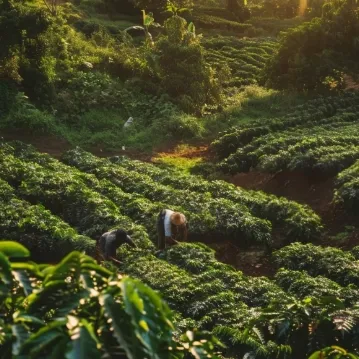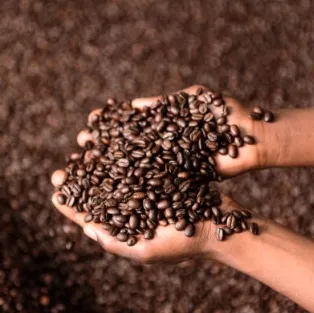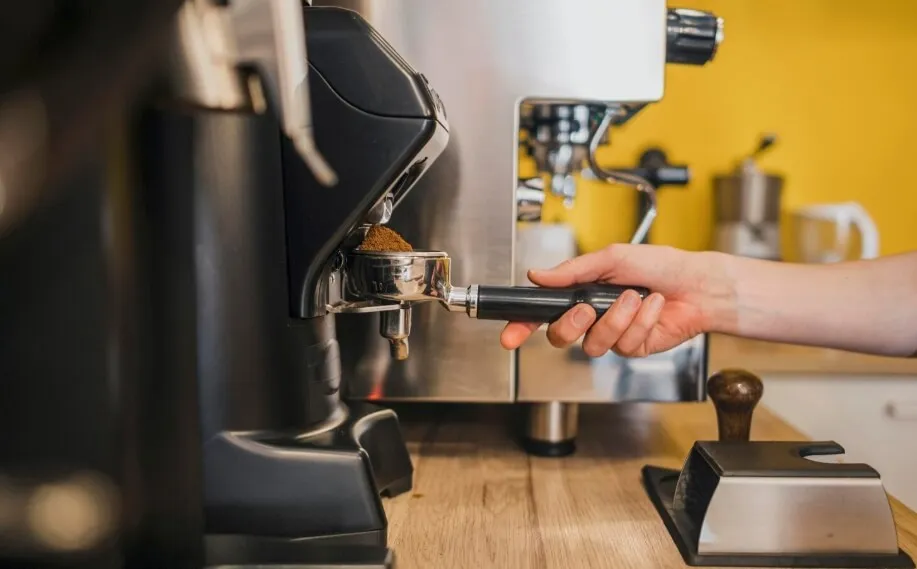
Did you leave your used coffee grounds in the garbage bins or put them down your sink? What should we do with spent coffee grounds?
From Real Logistics, we could find that the global production of coffee last year was approximately close to 10.5 million tonnes. Have you ever thought about what would happen if all the spent coffee were just thrown away after brewing?
As coffee consumption becomes mainstream around the world, more and more environment-conscious consumers come up with the question, “Can I use/reuse the coffee grounds?” “How to use coffee grounds?”.
We spent time and effort researching how to reuse these coffee grounds, then summarized several tips for you. Let’s check out!
Reuse Coffee Grounds
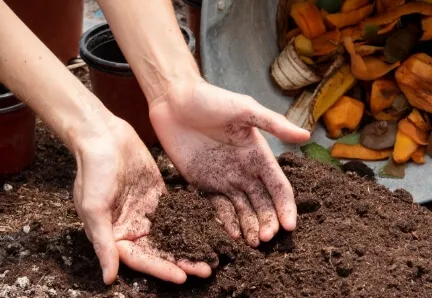
Yes! You can use coffee grounds. These “spent grounds” are a hidden treasure, full of beneficial organic compounds. Imagine them as little powerhouses with antioxidants and natural chemicals.
In your garden, for example, you can use coffee grounds directly as a fertilizer. This will enrich the soil and may even help to deter some pests. The compounds found in coffee grounds are also being studied for other uses.
Scientists are exploring their potential for skin care products by leveraging their antioxidant qualities to protect the skin. The grounds have also been studied for their ability to clean up pollution. They act as a material that absorbs harmful substances from the water.
Before you throw away your next batch of used coffee grounds, consider that they are an eco-friendly and versatile material.
Would used coffee grounds expire?
Useful coffee grounds do not have a “best before” date like food packages, but they can go bad over time.
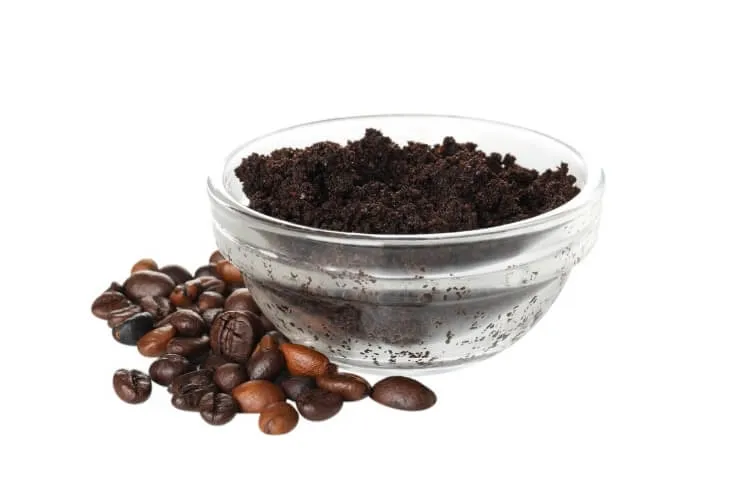
If coffee grounds are stored in wet conditions, they will be mildewy. It can create an unappealing smell and become useless for any application. For example, in cosmetics and soil amendments. Mold can harm plants, and skin is no exception.
The beneficial compounds in coffee grounds can be degraded over time and diminish their effectiveness for different applications. The dried spent coffee grounds last longer than fresh ones, but they still lose benefits if kept for long periods.
How to store coffee-grounds?
Air Drying
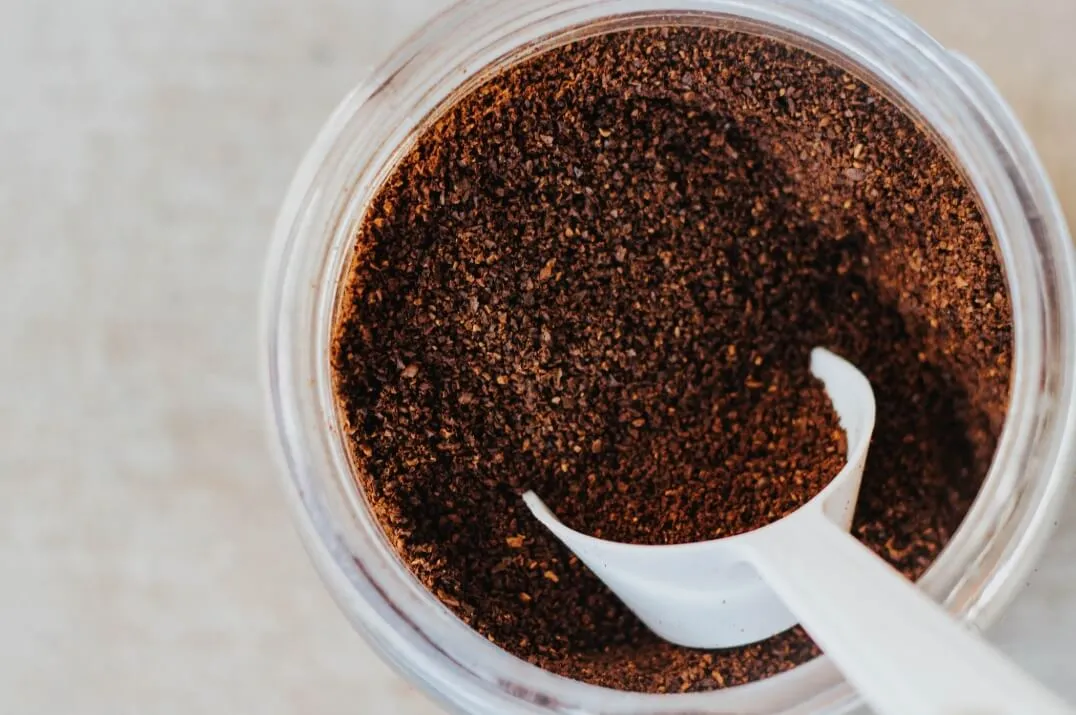
By removing the moisture, air drying helps prevent mold.
How To: You could spread the spent coffee grounds evenly on a plate, baking tray, paper, or tablecloth, then leave it on your deck, balcony. or any air circulation places. Before storing them in containers, make sure that your used coffee grounds are completely dried.
It’s for: Ideal for those living in hot, dry climates and/or who collect only a little amount of coffee grounds. This is also a great option for those who want to save energy and prefer a hands-off approach.
Air Fryer/ Oven/ Microwave Oven
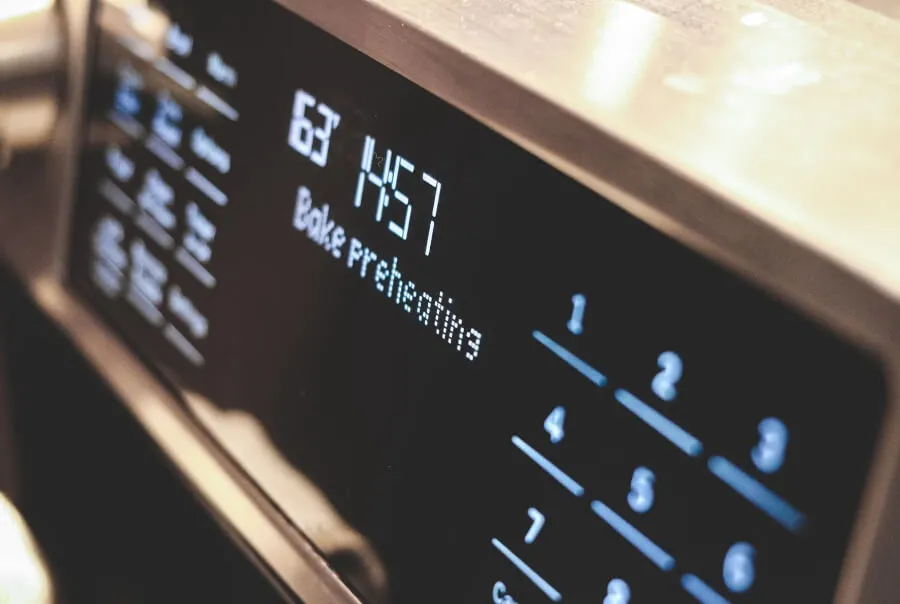
These small kitchen appliances remove moisture quickly and effectively.
How To: Spread out the coffee grounds on a baking sheet or wrap with a natural cloth. Stir them every 3-5 minutes until completely dried. Be sure to keep an eye on them so they don’t burn or overheat. Be careful, every oven brand has different temperature control, please find the suitable temperature setting after testing.
It is ideal for: Those who need to quickly dry large quantities of ground coffee, or those living in humid areas.
Dry Frying
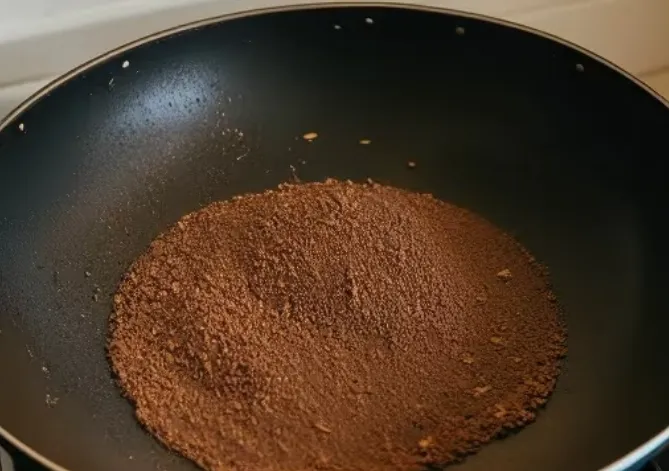
Removing the moisture quickly and visibly.
How To: You could put the used coffee grounds into a heated and dried frying pan or wok, then stir-fry for a while without adding any oil. Please choose low to medium flame.
It’s for: better for people who have a wok or a frying pan and know how to cook.
Sun Drying
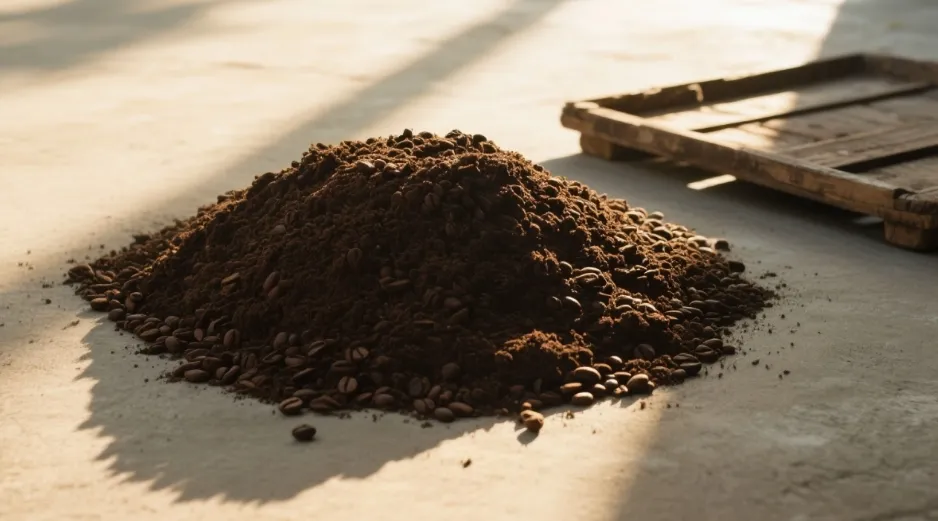
The sun drying is an energy-free and natural way to dry out your used coffee grounds, especially in hot summer.
How To: Spread your coffee grounds on a sheet or tray and expose them to sunlight. Make sure they’re in a place that is protected from your adorable pets.
It’s best for: People who live in sunny and dry climates, with outdoor spaces like balconies or yards.
How to use coffee grounds in the garden as fertilizer?
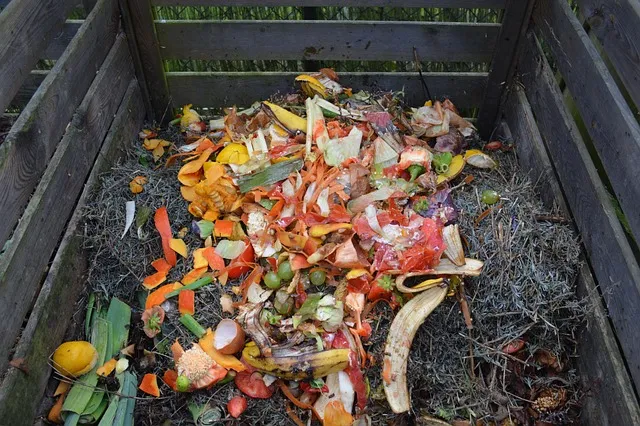
Coffee Grounds Compost - Dry
- In composting, it is recommended that "brown material: green material =4:1."
- Green materials (containing nitrogen): such as coffee grounds, grass, vegetables, seaweed, tea leaves, indoor plant, kitchen waste, manure,
- Brown materials (containing carbon): such as dead leaves, sawdust, paper, cotton fibre, egg tray
- Coffee grounds, as a green material, provide a nitrogen source and activate microbial activity. However, they must be paired with sufficient brown materials (such as shredded leaves) to balance the carbon-to-nitrogen ratio and prevent composting failure.
Usage Ratio
Coffee grounds should constitute 10%-20% of the total compost volume. Too much can lead to excessive moisture or inhibit decomposition.
Coffee filter paper (unbleached, chlorine-free) can also be added to the compost.
Composting Process & Management
Maintain turning frequency: Turn the compost bin every 3-4 days, or turn the compost pile every 3-7 days to speed up decomposition.
Control moisture: Coffee grounds retain moisture well, so add dry materials to avoid excessive wetness in the compost.
Filter out flavored or additive coffee grounds: It is recommended to avoid coffee grounds containing sugar or flavoring to prevent attracting pests or disrupting the microbial structure.
More tips on used coffee grounds
We also concluded many helpful tips for your coffee grounds. Let’s check out which one is best for you and your home.

In the garden
A pest repellent: Slugs and snails are common garden pests. Ants and other animals like cats, dogs and raccoons also dislike coffee’s strong smell and texture. Sprinkle a thin layer of coffee grounds around your plants and garden borders. Remember the warning about how caffeine is toxic to earthworms, and can inhibit plant growth when used directly or in large amounts.
Liquid fertilizer/Foliar spray: Steep coffee grounds for several hours or overnight in water (e.g., 2 cups in 5 gallons). Use the liquid to water your plants, or spray directly onto leaves for an extra boost of nutrients. The solid ground will not compact as this method is used.
Soil conditioner: By adding coffee grounds to the soil, you can increase soil drainage and structure by nourishing beneficial microbes.
Around the House
Odor Neutralizer: Coffee grounds are useful to absorb unpleasant smells.
- Place a small portion of dried coffee grounds in your refrigerator or freezer.
- Put dry grounds in an old sock or sachet and place them in smelly shoes, gym bags, or drawers.
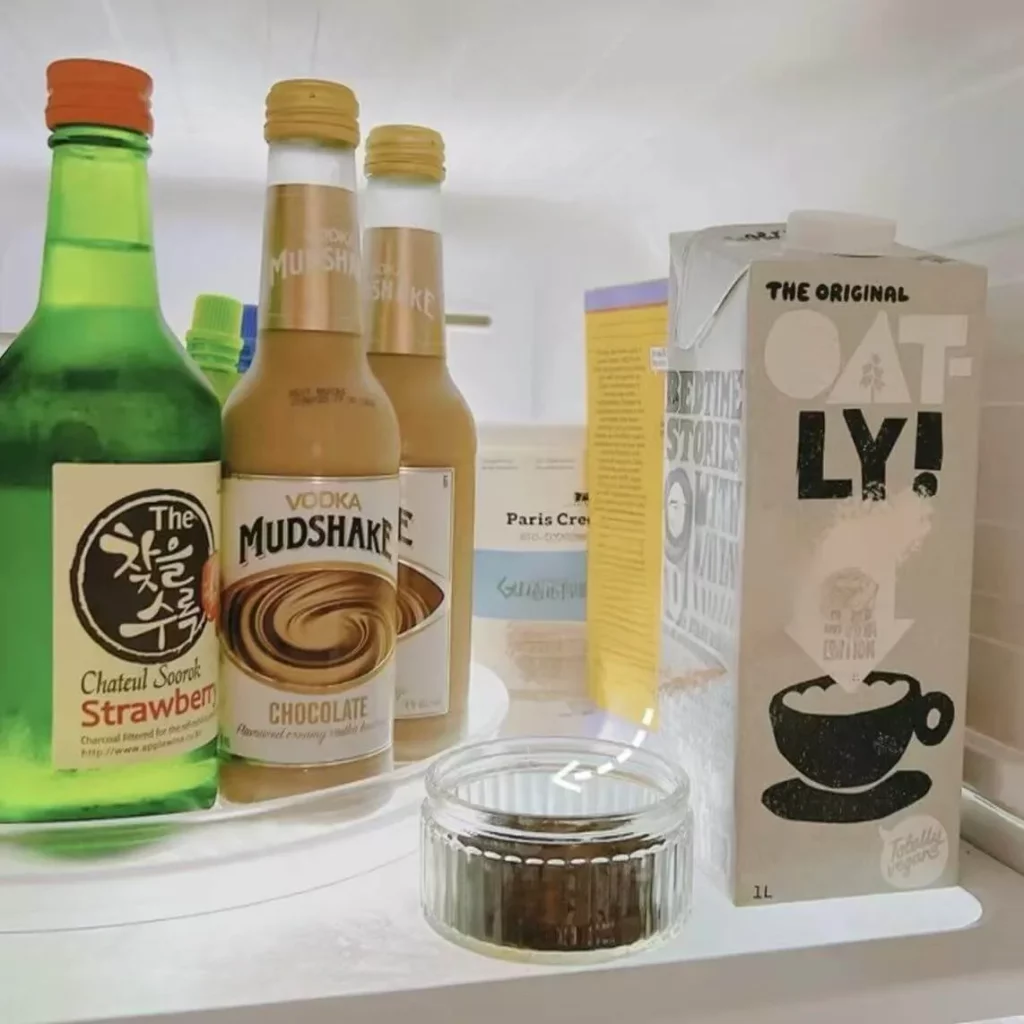
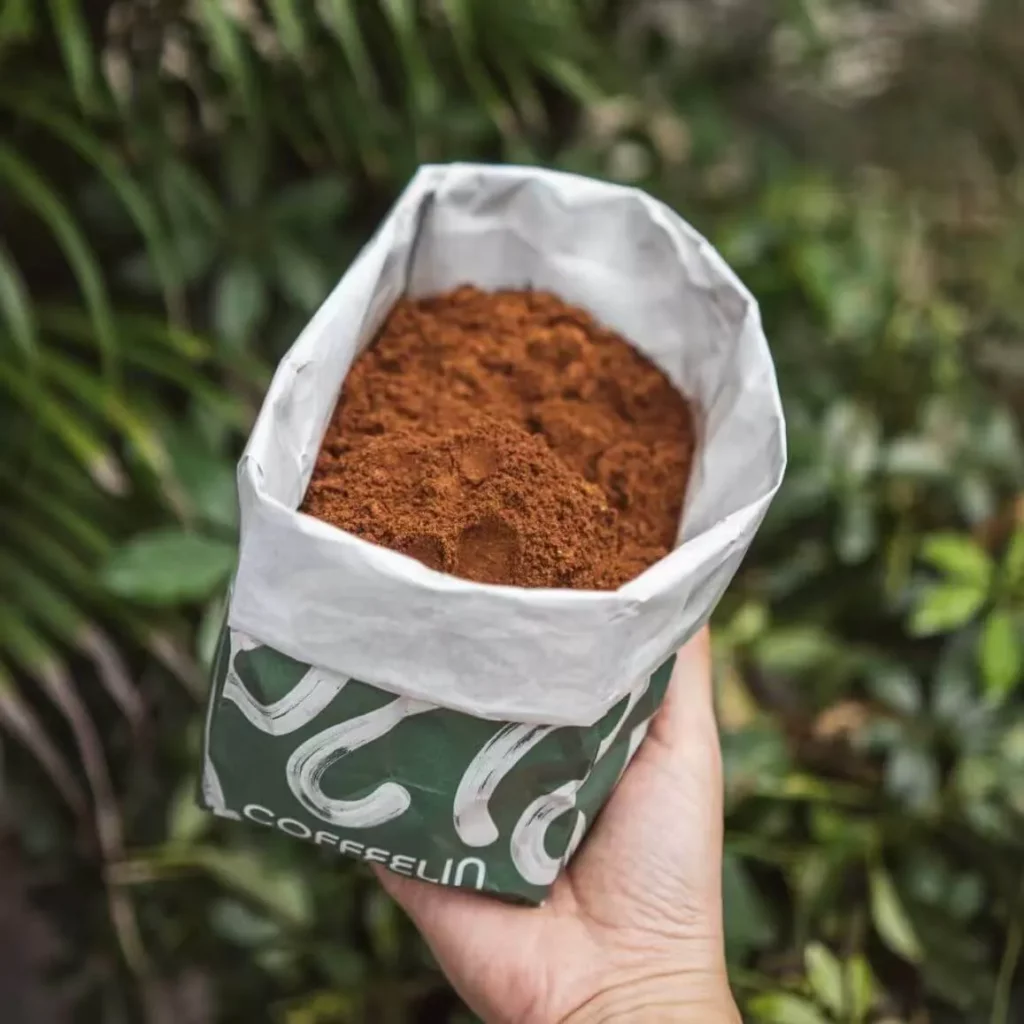
Natural Cleaning Scrub: The abrasive texture of coffee grounds makes them a great natural scrub for tough stains.
- Use them to scour pots, pans (avoid delicate non-stick surfaces), sinks, or grill grates. Mix with a little water or dish soap.
- Caution: Test on an inconspicuous area first to ensure it doesn’t scratch or stain porous surfaces.
De-icing Sidewalks: In colder climates, coffee grounds can be sprinkled on icy sidewalks. Their dark color absorbs sunlight, which can help melt ice, and their gritty texture provides traction. The nitrogen in coffee can also help melt ice.
Homemade Candles: You can mix dried coffee grounds with melted candle wax to create unique, coffee-scented candles.

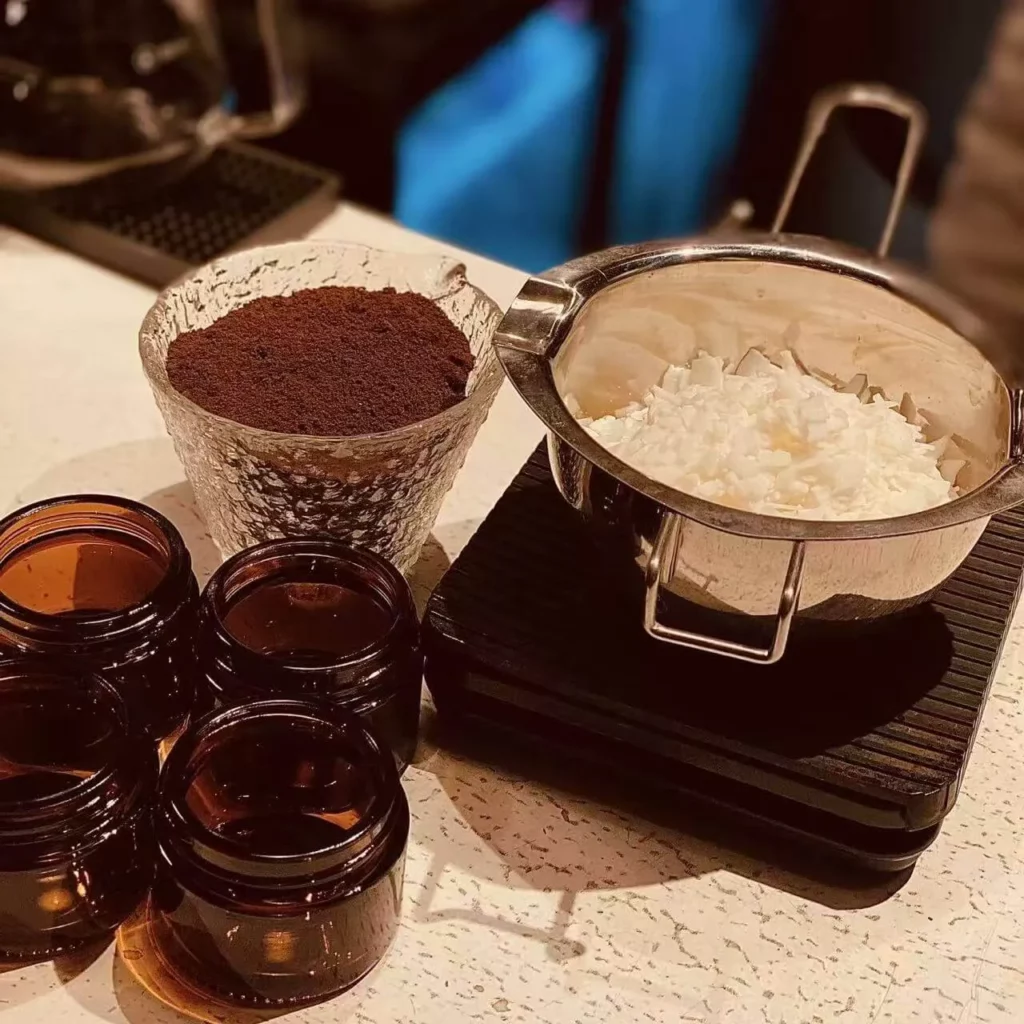
In Ashtrays: Coffee grounds are fantastic at absorbing odors. In an ashtray, they help to neutralize the strong, lingering smell of cigarette smoke and butts, making the area smell much fresher.
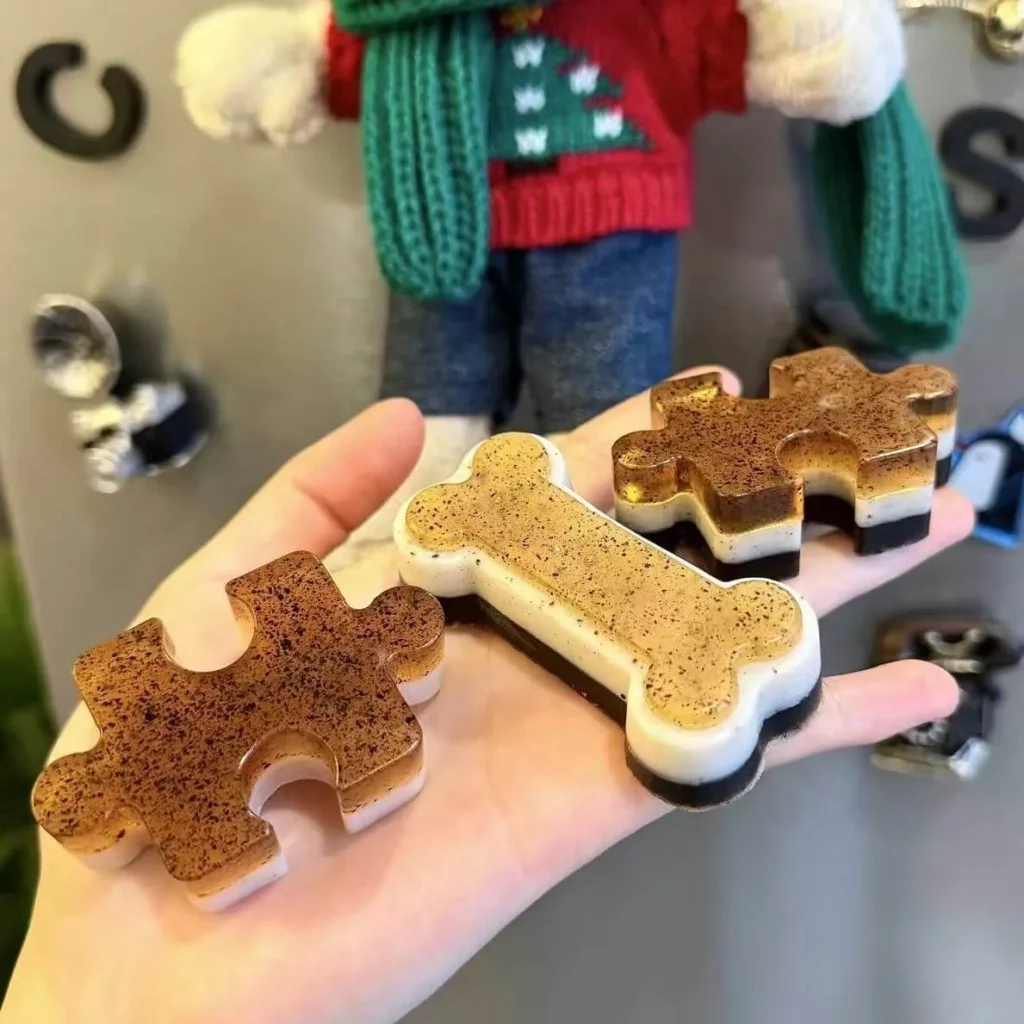
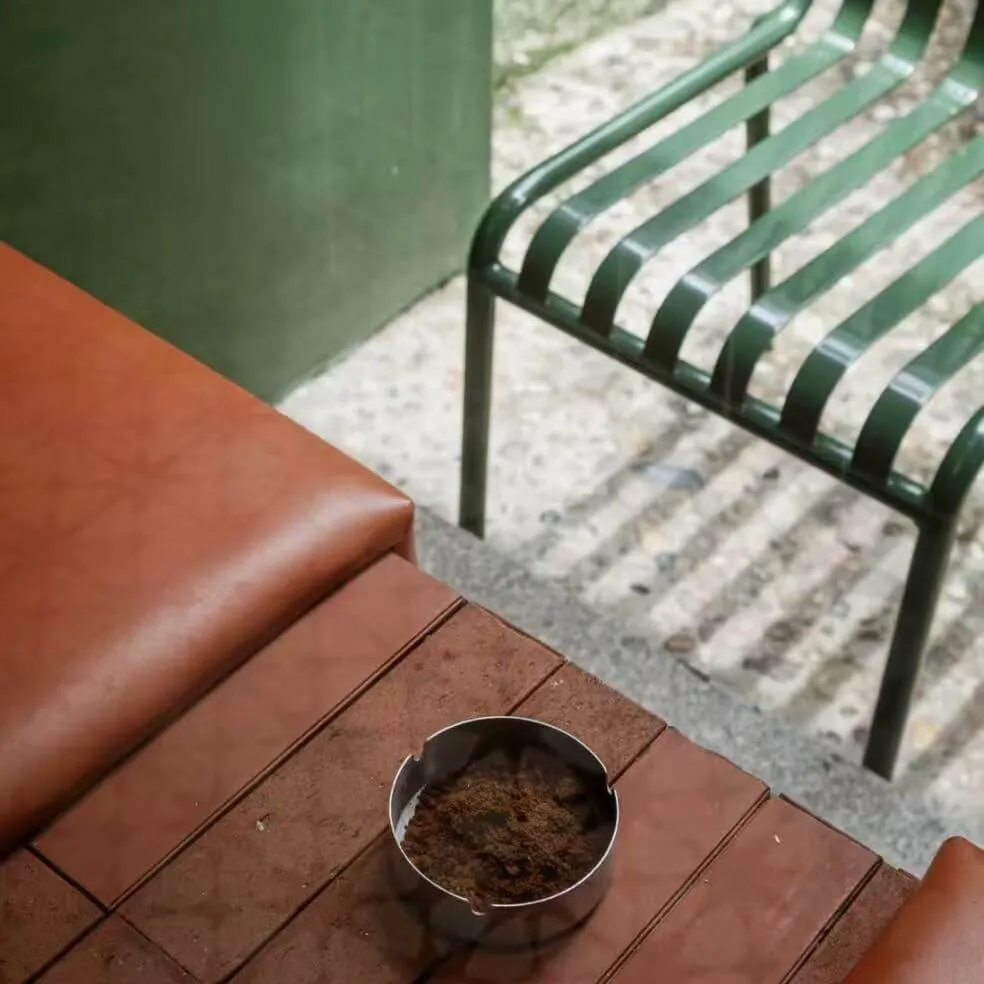
Handmade Soap: Mixing natural oils like almond oil, soap base, essential oil, and coffee grounds can create organic, natural, and fragrant handmade soap with scrub.
Can you put the coffee grounds in the garbage disposal or down your sink?
While a small amount of coffee grounds might seem to go down a garbage disposal or sink without immediate issues, it is generally NOT recommended to put coffee grounds down the garbage disposal or sink drain.
- Potential damage to the disposal: Some sources claim that coffee grounds will not directly affect the blades of the disposal, but others say their abrasiveness can cause the blades to wear out over time.
- Coffee grounds don’t dissolve easily.
- Clogs and accumulation: These grounds would accumulate and easily form a sludgey paste in your pipes over a short period. If you live in an apartment, the noise would also cause trouble for your neighbor.
Sustainable and Commericial Use of Coffee Grounds
As sustainability becomes more concern, businesses are looking to upcycle coffee grounds and produce sustainable commerical products. There are many innovative companies around the world transforming used coffee grounds into valuable new products.
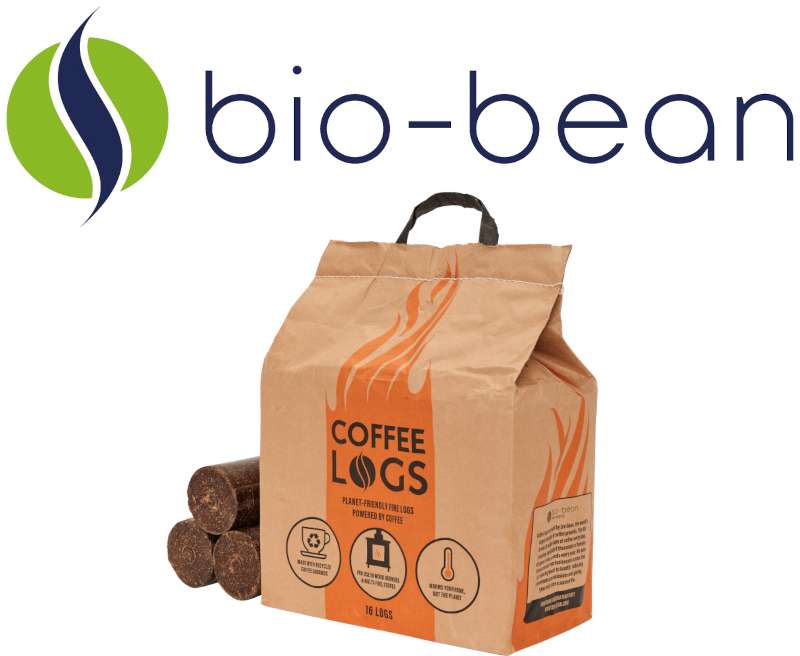
Bio-bean UK
Bio-bean is one of the best-known firms in this field. It collects coffee waste from commercial roasters and converts them into biomass pellets and “coffeelogs”.
They burn longer and hotter than wood and are a better alternative to traditional fuels for domestic and industrial stoves and fireplaces. The coffee is also extracted to be used in other ways.
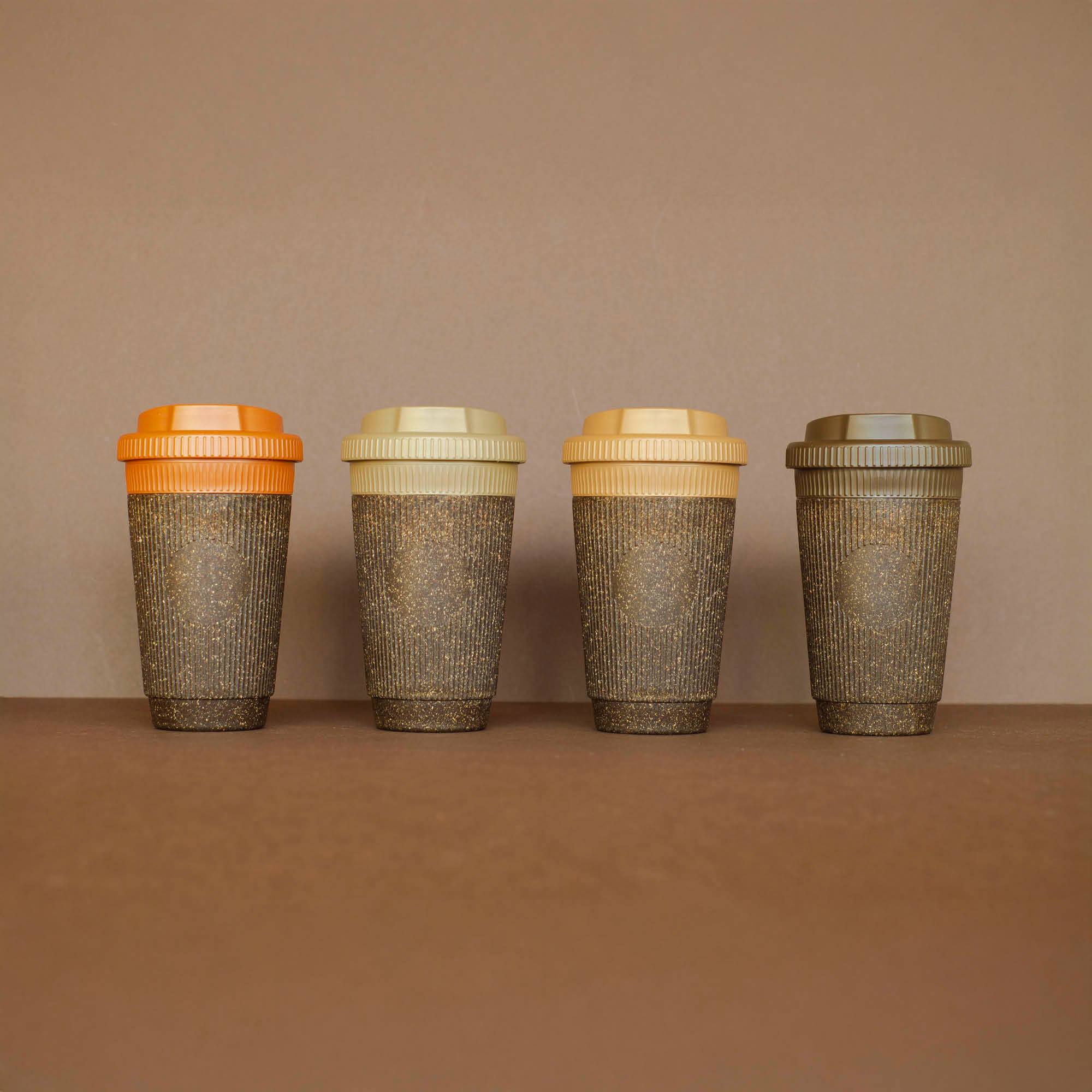
Kaffeeform Germany
This company creates beautiful, durable, and reusable coffee cups from recycled coffee grounds, along with other natural binders. They collect grounds from cafes across Berlin. These cups are free of BPA while dishwasher-friendly.
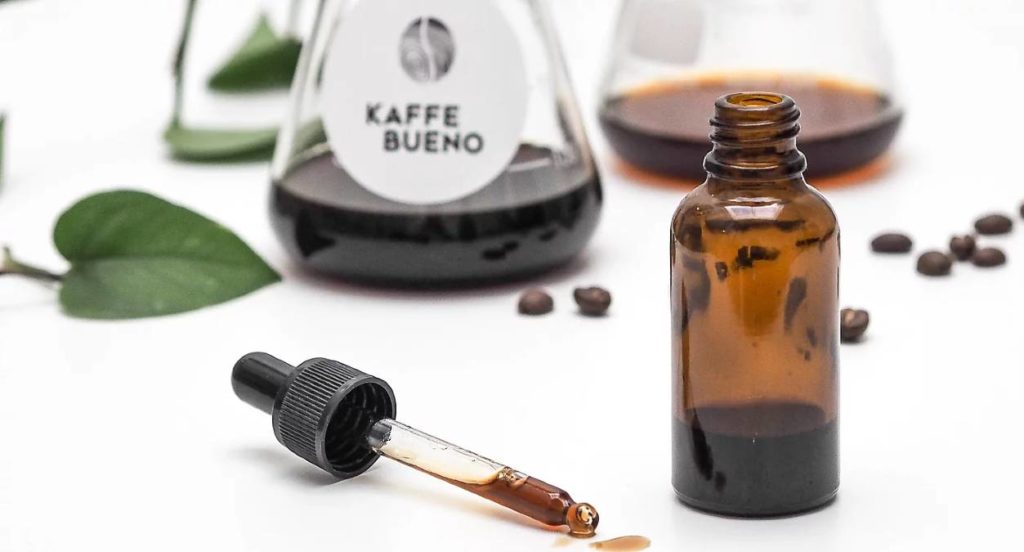
Kaffe Bueno Denmark
They extract coffee oil from coffee grounds, which has applications in cosmetics (UVB protection, anti-aging, moisturizing) as well as food flavoring. They also produce “Kafflour” (a gluten-free flour) and “Kaffibre” (defatted grounds for exfoliation).



